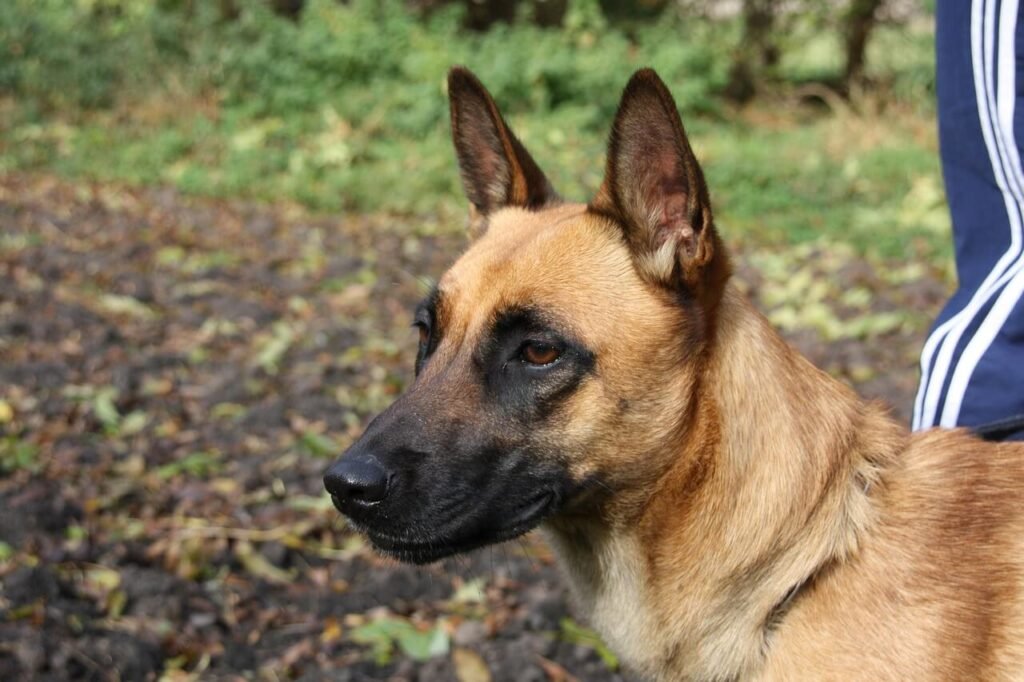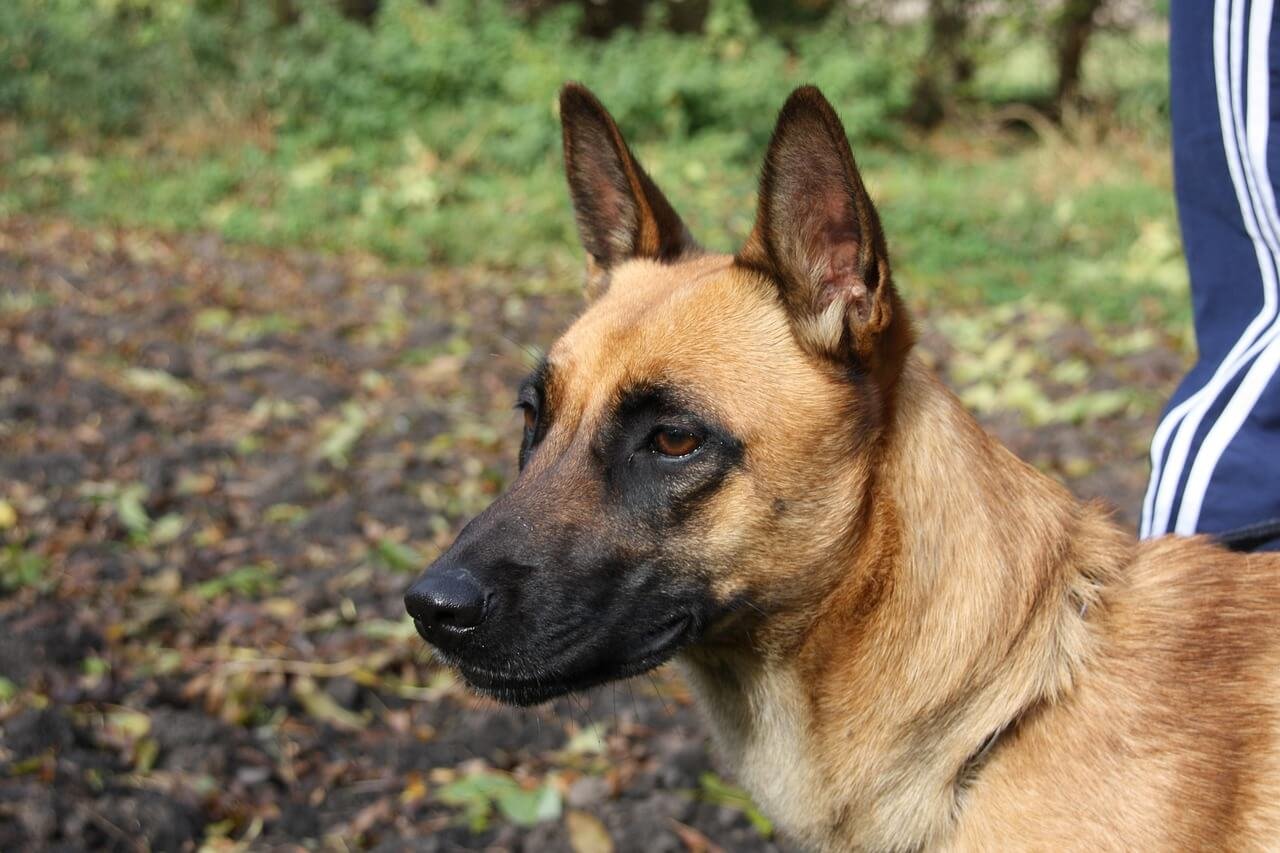Are Belgian Malinois Hypoallergenic?
The Belgian Malinois is a remarkable breed known for its intelligence, athleticism, and loyalty. However, for allergy sufferers considering this energetic dog as a pet, the question arises: Are Belgian Malinois hypoallergenic? While no dog is completely allergen-free, some breeds produce fewer allergens than others, making them more suitable for people with sensitivities. In this blog post, we’ll explore whether the Belgian Malinois fits into this category, discuss their shedding tendencies, and provide practical tips for managing allergies while living with this incredible breed. Whether you’re an allergy sufferer or simply curious, read on to learn everything you need to know about Belgian Malinois and allergens.
Understanding Hypoallergenic Dogs and the Belgian Malinois
To determine if the Belgian Malinois is hypoallergenic, it’s important to understand what “hypoallergenic” means in relation to dogs. Contrary to popular belief, dog allergies are not caused by fur itself but by proteins found in a dog’s skin (dander), saliva, and urine. Here’s how the Belgian Malinois measures up in terms of allergen production.
Moderate Shedding:
Belgian Malinois have a short, dense double coat that sheds moderately year-round and heavily during seasonal changes. This shedding can spread dander, which may trigger allergies.Dander Production:
Like all dogs, Belgian Malinois produce dander, though the amount varies based on grooming habits and individual genetics.Saliva Allergens:
Frequent licking or drooling can transfer allergens from their saliva onto surfaces or people.Urine Proteins:
Urine contains allergenic proteins, so accidents or improper cleanup can contribute to allergic reactions.Not Classified as Hypoallergenic:
The Belgian Malinois is not considered hypoallergenic due to its shedding and dander levels, unlike breeds like Poodles or Bichon Frises.
While they may not be ideal for severe allergy sufferers, proper care can minimize allergen exposure.
Tips for Managing Allergies Around a Belgian Malinois
If you’re set on owning a Belgian Malinois despite allergies, there are several strategies to reduce allergen exposure and create a harmonious living environment.
Regular Grooming:
Brush your Belgian Malinois frequently to remove loose hair and dander before it spreads around your home.Bathing Routine:
Bathe your dog every few weeks using hypoallergenic shampoo to clean away dander and allergens trapped in their coat.Vacuum and Clean Often:
Use a vacuum with a HEPA filter to capture allergens from carpets, furniture, and floors. Wash bedding regularly.Air Purifiers:
Invest in high-quality air purifiers to trap airborne allergens and improve indoor air quality.Designated Pet-Free Zones:
Keep certain areas of your home, such as bedrooms, off-limits to your dog to reduce allergen buildup.
By implementing these practices, you can significantly lower the risk of allergic reactions while enjoying life with your Belgian Malinois.
Check this guide 👉Belgian Malinois Teeth: Best 7 Expert Tips!
Check this guide 👉Belgian Malinois Top Speed: Best 7 Expert Tips!
Check this guide 👉Are Belgian Malinois Good Pets? Best 7 Expert Tips!

Ways to Reduce Allergens | Challenges of Living with a Belgian Malinois |
|---|---|
Regular brushing and grooming | Moderate to heavy shedding |
Frequent bathing with hypoallergenic products | Dander production requires consistent cleaning |
Using HEPA-filter vacuums | Not suitable for severe allergy sufferers |
Installing air purifiers | High energy demands increase interaction time |
Creating pet-free zones | Requires significant time investment for training |
Shedding Patterns of the Belgian Malinois
One of the primary concerns for allergy sufferers is shedding, as it directly impacts dander distribution. Understanding the shedding patterns of the Belgian Malinois can help you prepare for life with this breed.
Double Coat Structure:
Their short, dense double coat provides insulation but also contributes to moderate shedding throughout the year.Seasonal Blowing:
During spring and fall, Belgian Malinois “blow” their undercoat, resulting in heavier shedding that requires extra grooming.Low Maintenance Coats:
Despite shedding, their coats are relatively easy to maintain compared to longer-haired breeds.Environmental Factors:
Temperature changes, stress, or poor nutrition can increase shedding, so maintaining a healthy lifestyle is key.Grooming Tools Matter:
Use deshedding tools like slicker brushes or undercoat rakes to manage shedding effectively.
By staying on top of grooming, you can control shedding and minimize allergens in your home.
Allergy-Friendly Alternatives to Consider
If you discover that the Belgian Malinois isn’t the right fit due to allergies, there are other breeds better suited for allergy sufferers. These alternatives offer similar traits without the same level of allergen production.
Poodles:
Known for being hypoallergenic, Poodles come in various sizes and share the Malinois’ intelligence and trainability.Bichon Frise:
This small, cheerful breed has a curly coat that traps dander, making it less likely to trigger allergies.Portuguese Water Dog:
With a non-shedding coat and friendly personality, this breed is a great option for active families.Basenji:
Often recommended for allergy sufferers, Basenjis groom themselves like cats, reducing dander spread.Soft Coated Wheaten Terrier:
This medium-sized breed has a soft, low-shedding coat and a playful temperament.
Exploring these alternatives ensures you find a breed that aligns with your lifestyle and allergy needs.
Common Misconceptions About Hypoallergenic Breeds
Many people misunderstand what it means for a dog to be hypoallergenic. Clearing up these misconceptions helps set realistic expectations for potential owners.
Hypoallergenic Doesn’t Mean Allergen-Free:
Even hypoallergenic breeds produce allergens; they simply produce fewer or spread them differently.Short Hair Equals Fewer Allergens:
Short-haired breeds like the Belgian Malinois can still produce significant dander, disproving this myth.Allergy Symptoms Vary by Person:
What triggers one person’s allergies may not affect another, even within the same household.Mixed Breeds Can Be Hypoallergenic:
Some mixed breeds inherit hypoallergenic traits from one parent, depending on genetics.Proper Care Reduces Allergens:
Regular grooming and cleaning play a larger role in allergen control than breed alone.
Understanding these facts ensures informed decision-making when choosing a pet.
Training Tips to Minimize Stress and Shedding
Stress can worsen shedding and dander production in dogs, including the Belgian Malinois. Proper training and routines help keep stress levels low and allergens under control.
Positive Reinforcement:
Reward-based training fosters trust and reduces anxiety, preventing stress-related shedding.Consistent Exercise:
Daily physical activity keeps your Malinois calm and content, minimizing excessive licking or scratching.Mental Stimulation:
Puzzle toys and interactive games prevent boredom, which can lead to destructive behaviors and increased shedding.Routine Schedules:
Establish predictable feeding, walking, and sleeping routines to create a sense of security.Socialization:
Expose your dog to new experiences gradually to build confidence and reduce fear-based stress.
A happy, well-trained Belgian Malinois sheds less and thrives in any home.
Benefits of Owning a Belgian Malinois Despite Allergies
For those willing to take on the challenge, owning a Belgian Malinois offers numerous rewards beyond their hypoallergenic status.
Unmatched Loyalty:
Their strong bond with owners makes them devoted companions who thrive on human connection.High Trainability:
Intelligent and eager to please, they excel in obedience, agility, and service roles.Protective Instincts:
Naturally alert and vigilant, they serve as excellent guard dogs for families and properties.Active Lifestyle Companion:
Perfect for outdoor enthusiasts, they enjoy hiking, running, and playing fetch for hours.Long Lifespan:
With proper care, Belgian Malinois can live 12-14 years, providing years of joy and companionship.
Despite allergy concerns, their unique qualities make them worth the effort for dedicated owners.
Frequently Asked Questions About Belgian Malinois and Allergies
Do Belgian Malinois shed a lot?
Yes, they shed moderately year-round and heavily during seasonal changes, which can exacerbate allergies.
Can I live with a Belgian Malinois if I have mild allergies?
It’s possible with proper grooming, cleaning, and allergen management strategies in place.
What makes a dog hypoallergenic?
Hypoallergenic dogs typically produce fewer allergens through minimal shedding and reduced dander levels.
How often should I bathe my Belgian Malinois?
Bathing every 4-6 weeks is sufficient unless recommended otherwise by a veterinarian.
Will shaving my Belgian Malinois reduce shedding?
No, shaving can damage their coat and disrupt natural insulation; regular brushing is a better solution.
Finding Balance Between Love and Allergies
While the Belgian Malinois is not hypoallergenic, their incredible qualities—intelligence, loyalty, and versatility—make them a beloved choice for many dog enthusiasts. For those with allergies, careful management and dedication to cleanliness can make coexistence possible. However, if your allergies are severe, exploring hypoallergenic alternatives might be the best path forward. Ultimately, understanding your needs and the breed’s characteristics will guide you toward a fulfilling and allergy-conscious relationship with your furry companion.
Cat Fever Treatment: Best 7 Expert Tips! Discover expert advice on identifying, managing, and treating fever in cats to ensure their quick recovery and well-being.
Understanding Meloxicam for Cats: Best 7 Expert Tips! Learn how to safely administer meloxicam, manage side effects, and ensure your cat's comfort with expert advice on feline pain relief.
Amoxicillin for Cat UTI: Best 7 Expert Tips! Discover safe usage, dosage guidelines, and expert advice on treating feline urinary tract infections effectively with amoxicillin.
Understanding Cat Cancer Treatment: Best 7 Expert Tips! Discover expert advice on managing feline cancer, from early detection to treatment options, ensuring your cat’s health and comfort.





